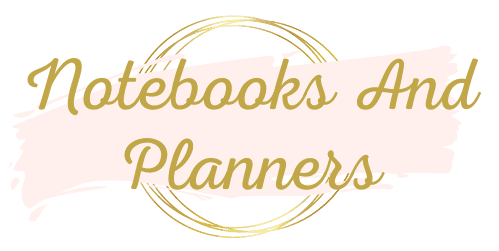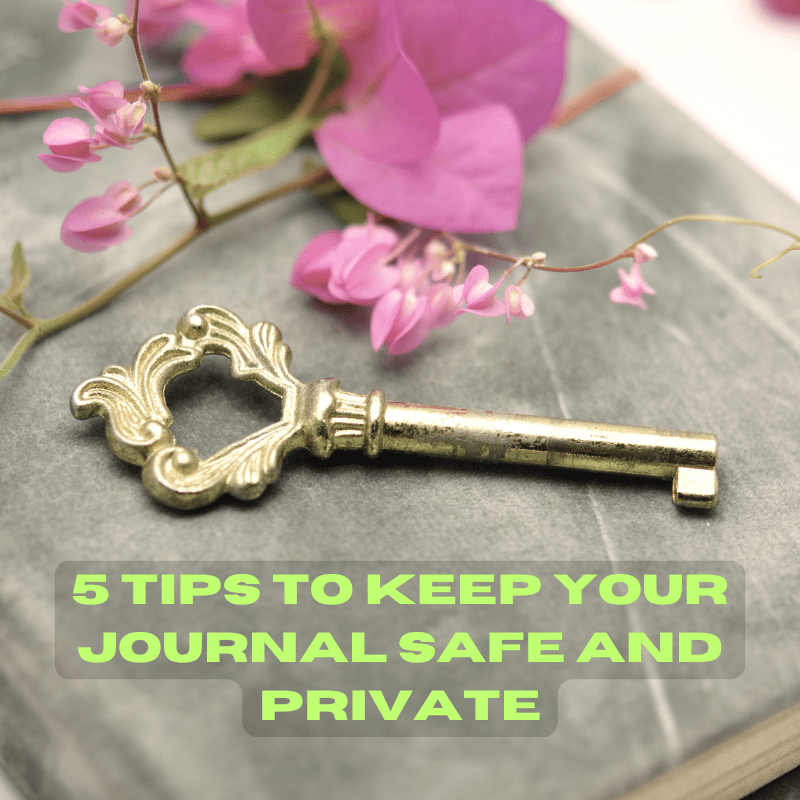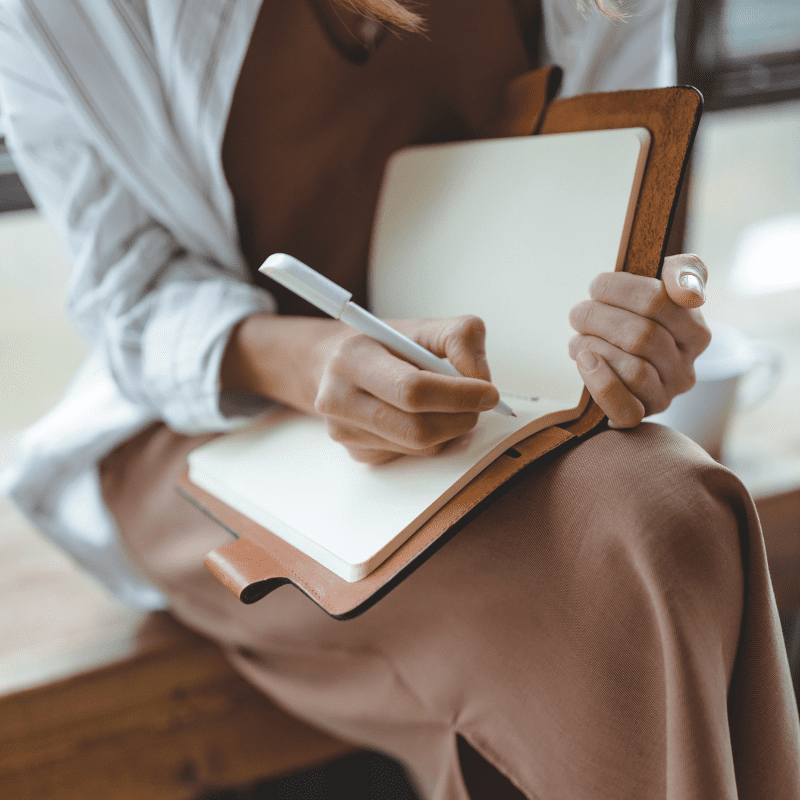Last Updated on May 1, 2025 by Jen
Keeping your journal safe is super important for protecting the personal thoughts and feelings you share within its pages. A journal is like your own cozy corner for reflection, where you can express your innermost emotions, track your growth, and brainstorm ideas without worrying about what others might think.
By ensuring your journal is secure, you’re not just safeguarding your memories; you’re also looking after your mental well-being since writing can be a wonderful way to relax and let go. Plus, keeping your journal private helps prevent any unwanted surprises that could spill your secrets, allowing you to enjoy your self-exploration and creativity freely.
1. Find a Secure Location
One of the easiest ways to keep your journal safe is to choose a secure spot for it. Personally, I like to keep mine in a locked drawer or a designated shelf that only I have access to. This simple measure can give you peace of mind, especially if you’re writing sensitive or deeply personal entries.
2. Use Password Protection for Digital Journals
If you prefer typing your journal entries, consider using a digital journal app that allows you to set a password. I’ve found this to be incredibly effective, especially after a friend shared a story about losing her entries when her computer was accessed by someone else. By adding a password, you get an extra layer of security that helps keep your thoughts private.
3. Be Mindful of What You Share
While sharing excerpts of your journal with close friends can be cathartic, it’s essential to be mindful of what you choose to share.
I learned this lesson when I shared a particularly vulnerable entry, and it somehow made its way back to someone I had been cautious about informing. All hell broke loose.
Trust your instincts and consider if the sharing is worth the potential repercussions.
4. Consider a Hidden Journal
If you’re ever worried about prying eyes, think about creating a “hidden” journal. This can be a regular notebook where you write entries, but you can disguise it as a different item—like a recipe book or sketch pad.
This tip came in handy for me during my college years when roommates were a common reality. The disguise kept my thoughts safe and sound because nobody cared about my vegan recipe book!
Here are a few clever ideas to consider:
- Home Improvement Book: Create a journal that appears to be a manual or guide about home renovation. Use a cover with a title like “DIY Home Improvement Tips” and fill the first few pages with sketches of tools or notes about projects. This will make it less likely for anyone to question its contents.
- Recipe Book: Decorate your journal as a collection of family recipes. Use food-related graphics and titles, with a few actual recipes scattered throughout to add authenticity. This disguise is not only creative but also adds value if someone were to find it.
- Old Textbook: Find an old textbook, perhaps one from a subject that doesn’t interest you, and carefully hollow out a section of the pages. Then, place your journal inside. This will give the appearance of an unused, forgotten book that no one would feel compelled to open.
- Science Journal: Use imagery and language related to scientific observations or experiments on the cover. Title it “Field Observations” and fill up the first few pages with made-up data or charts. The technical appearance may deter others from looking further.
By employing these strategies, you can create a safe haven for your journaling experience, allowing you to connect with your thoughts without fear of invasion. Remember, your journal is your personal space, and taking steps to protect it will enhance your journaling journey.
5. Use Code Words and Images
Inventing a secret language for your journal can be a fun and inventive way to keep your entries private. Start by creating a set of code words that represent commonly used terms or phrases in your writing. For instance, you might use “apple” to refer to a specific friend or “ocean” to describe a significant event. This not only adds a layer of protection but also gives your writing a unique flair.
Here are some ideas to inspire your code word selection:
- Fruit Names: Use different fruits to represent various emotions or people (e.g., “banana” for happiness, “kiwi” for a friend).
- Colors: Assign feelings to colours (e.g., “blue” for sadness, “yellow” for joy) to quickly convey your emotional state.
- Animal Names: Use animals to describe events or situations (e.g., “lion” for strength or courage, “turtle” for a relaxed day).
- Nature Elements: Draw from natural phenomena, like “storm” for challenges or “sunshine” for good news.
- Mythical Creatures: Incorporate creatures from myths (e.g., “phoenix” for rebirth and change) to add flair and significance to your entries.
In addition to code words, incorporating symbols or drawings can enhance your secret language. For example, you could draw a simple symbol that represents a feeling or a situation, making it easier to express complex emotions without using plain language.
This method encourages creativity and ensures that your thoughts remain obscured from anyone who might stumble upon your journal. Just remember to keep a key or legend of your code words and symbols safe somewhere, so you can easily decode your entries later!





